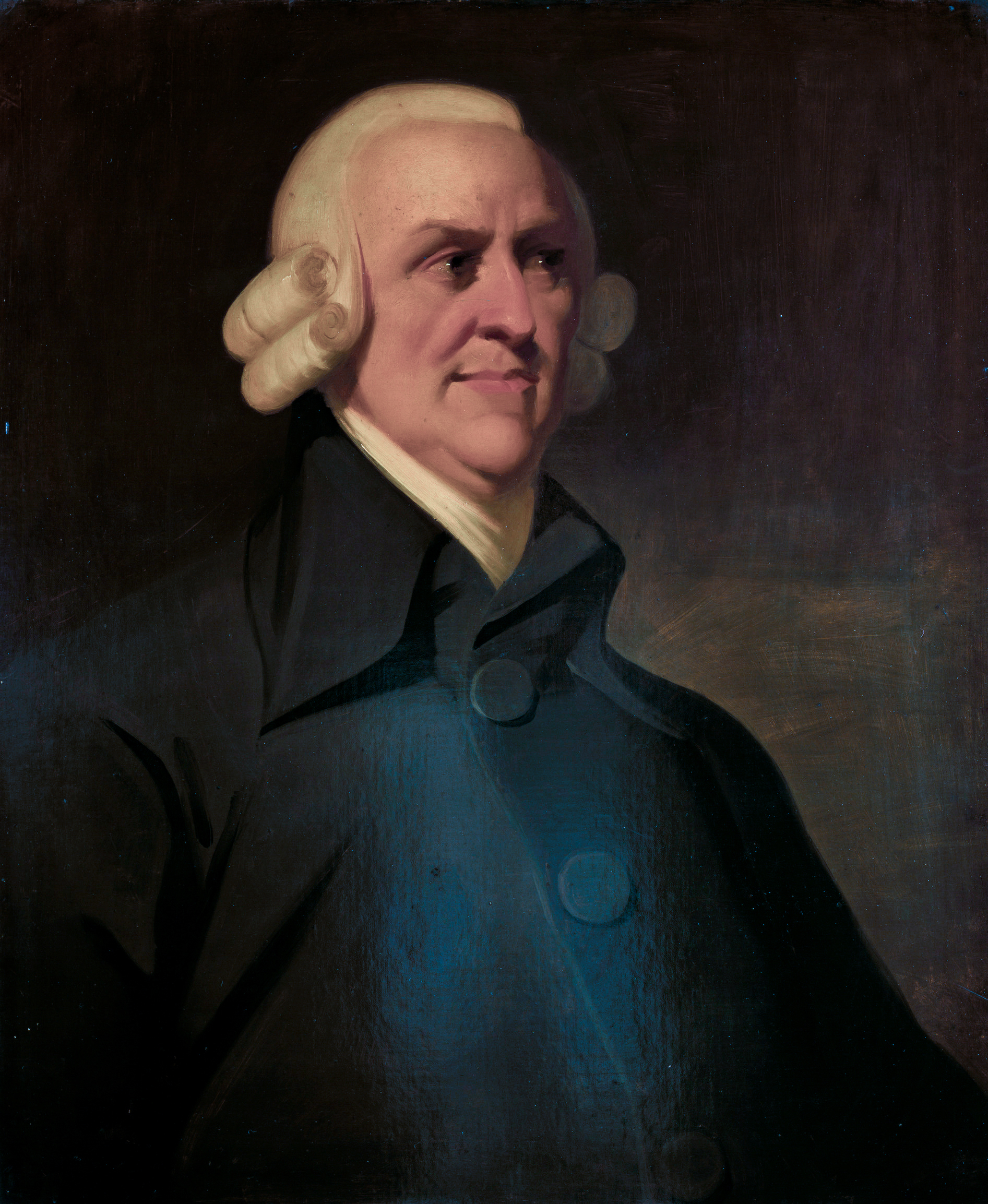Game Theory
- Introduction to Game Theory
- Two-Person Zero-Sum Games
- Non-Zero-Sum and Cooperative Games
- Game Theory in Business and Economics
- Game Theory in Politics
- Psychological Game Theory
- Games of Chance and Risk
- Evolutionary Game Theory
- Games with Sequential Moves
- Game Theory in Social Interactions
- Ethics in Game Theory
- Technological Aspects of Game Theory
- Applying Game Theory in Everyday Life
Game Theory in Business and Economics
Market Analysis via Game Theory

Meeting point of supply and demand for a good.
Game theory, a mathematical model of strategic interaction among rational decision-makers, has profound applications in the field of market analysis. It provides a framework to understand, predict, and improve outcomes in a competitive market.
Understanding the Concept of Market Structure
Market structure refers to the nature and degree of competition in a market. It is determined by key features such as the number of sellers, level of product differentiation, ease of entry and exit, and the extent of buyer and seller information. The four basic types of market structure include perfect competition, monopolistic competition, oligopoly, and monopoly.
Game theory can be used to analyze these market structures, particularly oligopolies and monopolies, where strategic interactions among firms play a crucial role.
Applying Game Theory to Analyze Market Competition
In an oligopoly, a small number of firms compete against each other. Each firm's decision significantly impacts the market, and these firms are mutually interdependent. Game theory, particularly the concept of Nash equilibrium, can be used to predict the firms' behavior in such a market.
A Nash equilibrium, named after mathematician John Nash, is a set of strategies where no player can benefit by unilaterally changing their strategy while the other players keep theirs unchanged. In the context of an oligopoly, it can help predict the pricing and output decisions of firms.
Understanding the Role of Game Theory in Market Entry and Exit Decisions
Game theory also plays a crucial role in analyzing market entry and exit decisions. For instance, consider a firm contemplating entering a market dominated by a single firm (a monopoly). The monopolist can react by either accommodating the entrant or engaging in a price war.
This situation can be modeled as a sequential game, where the entrant moves first by deciding whether to enter, and the monopolist moves next by deciding how to react. The entrant, knowing the monopolist's possible reactions, will make the entry decision that maximizes its payoff.
Case Studies: Game Theory in Market Analysis
One of the most famous examples of game theory in market analysis is the prisoner's dilemma, which illustrates why two rational individuals might not cooperate, even if it appears that it is in their best interests to do so. This concept has been applied to various real-world scenarios, such as price-setting in oligopolies and decision-making in public goods provision.
In conclusion, game theory provides valuable insights into market analysis. It helps understand the strategic interactions among firms in different market structures and informs decisions related to market entry and exit. By understanding these concepts, businesses can make more informed and strategic decisions to maximize their success in the market.